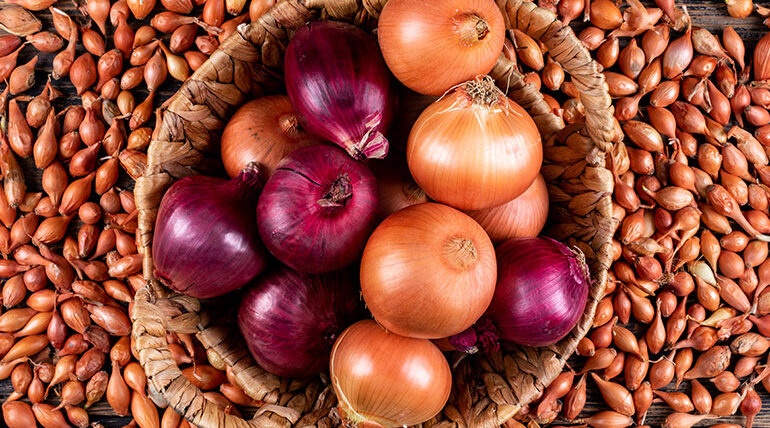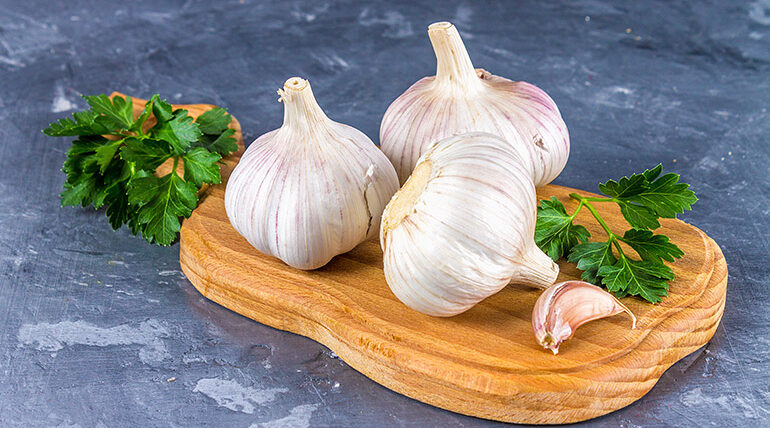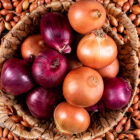Why is the Dehydrated Onion Market Booming in Mahuva?
Increasing consumer awareness about nutritious diets and enhanced shelf life of dehydrated food products has fueled the economic growth of the dehydrated onions market, which is expected to grow at a CAGR of 5.1 percent during the forecast period of 2021-31.
Why is Organic Dehydrated Onions High in Demand?
The increasing demand for organic dehydrated onions and growing awareness of their health benefits are driving up demand.
Given the increased rates, consumers are willing to pay more for organic goods since they are less likely to involve pesticides and are widely regarded as more nutritious. As customers become more aware of organic products’ health benefits, the dehydrated onions market is expected to grow.
Furthermore, dehydrated onions have various health benefits, including cough and cold treatments, cancer prevention, and diabetes management. These advantages will drive sales prospects in the near future.
Moreover, the longer shelf life of dehydrated vegetables enables logistical advantages. As a result of the various advantages of dehydration technology, the market for dehydrated onions is growing directly in proportion to the market for dehydrated vegetables.
Mahuva – The Production Hub of Dehydrated Onions
Mahuva, which is home to nearly 80% of onion dehydration units, is increasingly catering to domestic needs rather than export demand. Due to an increase in ready-to-eat and fast foods, domestic consumption of Mahuva’s dehydrated products is projected to increase from 25% to 100% very soon.
Growing domestic demand is a boon to the industry, as export market prices have dropped to $1,500-$1800 per tonne, down from $2,000-$2200.
Every year, the town produces 50,000 tonnes of dehydrated onion, with white onion taking precedence for exports. As per Chattariya, 10,000 to 12,000 tonne has been sold domestically in the last few years.
Companies such as Pepsi, Nestle, HUL, ITC, Balaji, and masala maker Suhana buy dehydrated white onion — which, unlike garlic or ginger, requires specialized machinery and cannot be produced by the businesses themselves.
Mahuva’s onion dehydration turnover is roughly Rs 500 crore per year, primarily from exports.
Dehydrated white onion goods are exported to North America, Europe, and Russia in various forms such as kibbled, flakes, sliced, chopped, ground, minced, granules, or power. Because onion harvesting and arrival begin in December, dehydration units can only operate for three to five months.
Mahuva has approximately 63 dehydration units, with an additional five under construction. The first dehydration plant was set up in 1980, but as an industry, it only began to grow progressively after 1984, with a peak in recent years.
The above mentioned are some of the reasons behind Mahuva’s Growing Demand for Dehydrated Onions.






